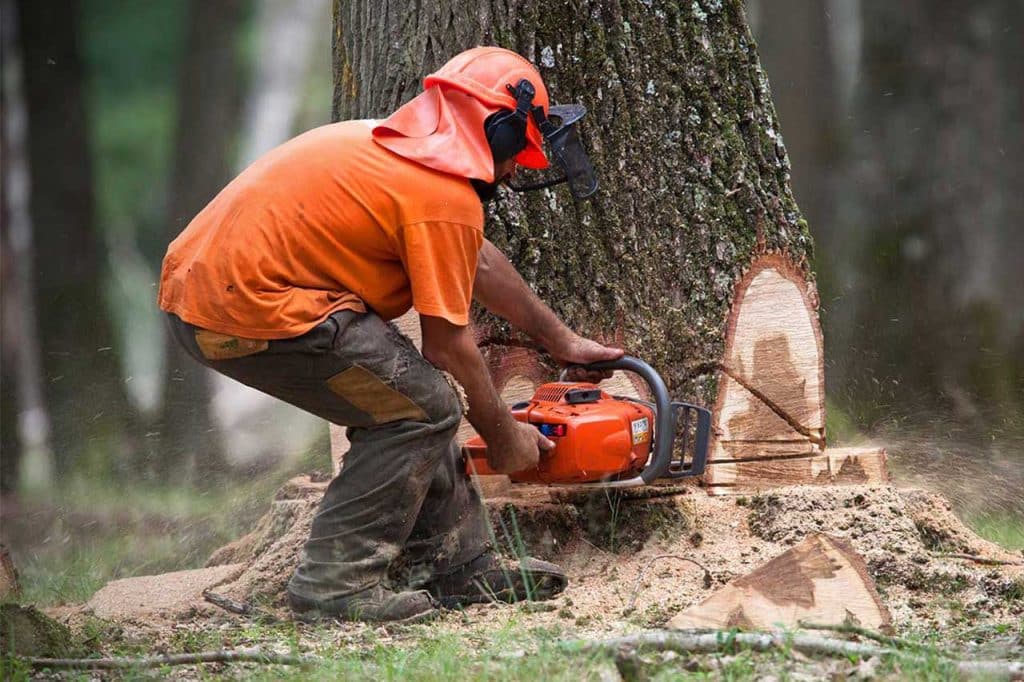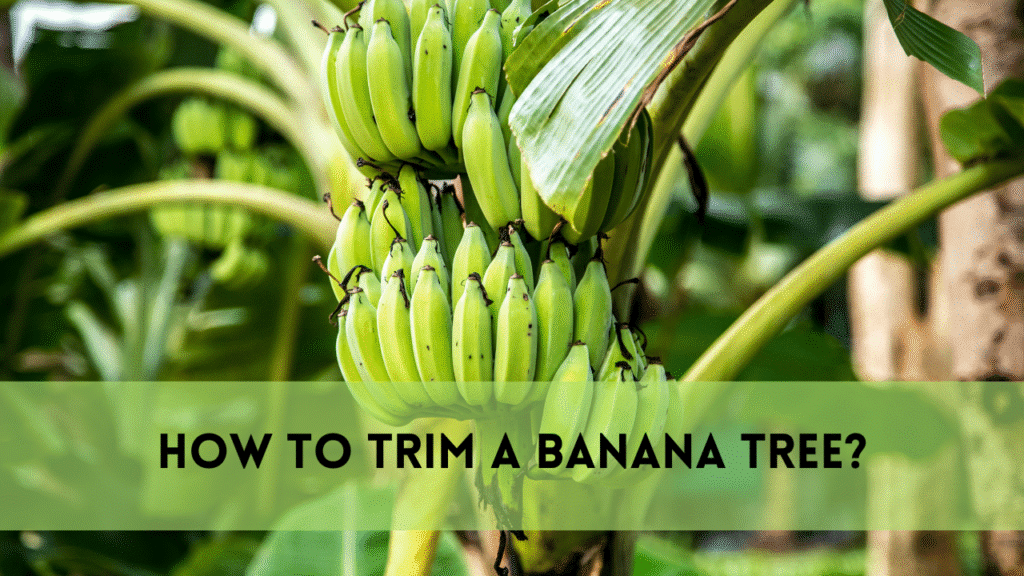Don’t worry if you have to remove a palm tree from your land; it’s not that difficult! We’ll take you step-by-step through the safe and efficient removal of a palm tree in this article. This advice can help you make more space in your yard, whether you’re dealing with an overgrown palm or other issue.
- How To Cut down a Palm Tree?
- Assembling Your Safety Equipment and Tools to Cut Down a Palm Tree
- Dealing with Multi-Trunk Palms Trees
-
FAQs
- Can I cut down a palm tree by myself, or should I hire a professional?
- How do I determine the direction in which the palm tree will fall?
- What tools do I need to cut down a palm tree?
- Is it necessary to trim the lower fronds before cutting the main trunk?
- Can I use the palm tree debris for anything after cutting it down?
- Conclusion
How To Cut down a Palm Tree?
Take some time to learn about the kind of palm tree you are working with before you start chopping. It’s possible that various species call for somewhat different methods. Do the fronds resemble feathers or fans? Does the tree have more than one trunk, or only one? Having this knowledge will enable you to better plan your approach.
Inspecting the Surroundings
First and foremost, safety! Take stock of the space surrounding the palm tree before you begin chopping. Determine which structures, electricity wires, or other impediments are in the path. In the event that the tree doesn’t fall as predicted, plan a clear escape path. Making sure there is adequate room for the tree to fall without causing damage is essential.
Assembling Your Safety Equipment and Tools to Cut Down a Palm Tree
It’s time to acquire the required equipment now that you know your palm tree and have evaluated the area. Make sure you have a hard hat, gloves, safety glasses, a ladder, a pruning saw, and a chainsaw. Investing in proper protection gear is crucial while cutting trees, since safety is the top priority.
Starting the Process
With the pruning saw, start by cutting the palm tree’s lowest fronds. If you proceed to the main trunk after completing this step, visibility and accessibility will be improved. Take care not to cut too near the trunk as this might lead to harm. Make a clean, straight cut to preserve the tree’s beauty.
Making the Main Cuts
With the lower fronds out of the way, it’s time to focus on the main trunk. Position your ladder With your safety gear on, make a horizontal cut about six inches from the ground while keeping your back to the tree. This first cut, which is also called the notch cut, determines which way the palm tree will fall.
Choosing the Direction
Consider the natural lean of the palm tree and the space available. If there’s a clear open space, aim for a direction that minimizes the risk of damage. Make a second cut, known as the felling cut, on the opposite side of the notch cut. This cut should be slightly above and in line with the notch cut to create a smooth, controlled fall.
Ensuring a Safe Fall
As the felling cut deepens, the palm tree will begin to lean and eventually fall. Keep a close eye on the tree’s movement, and be ready to retreat to your pre-planned escape route. Safety is paramount during this phase, and having a second person as a spotter can be immensely helpful.
Dealing with Multi-Trunk Palms Trees
If your palm tree has multiple trunks, tackle each trunk individually following the same process. Start with the outer trunks and work your way towards the center. This method ensures a more controlled and manageable removal process.
Clearing Out the Debris
The labour doesn’t end when the palm tree is on the ground. It’s time to clear the mess now. To make removal easier, use your chainsaw to chop the trunk into manageable pieces. The palm fronds may be recycled into mulch or compost. If the trunk is substantial, you might want to consider getting help from a professional tree removal service.
Safety Tips for Cutting Down a Palm Tree
- Always wear protective gear, including safety goggles, gloves, and a hard hat.
- Keep a safe distance from falling branches and the palm tree itself.
- Ensure that your tools are in good working condition before starting the cutting process.
- Have a clear escape route planned in case the tree falls unexpectedly.
- If you’re unsure about the process, consider consulting with a professional arborist or tree removal service.
FAQs
Can I cut down a palm tree by myself, or should I hire a professional?
While cutting down a palm tree is a task you can undertake on your own, it’s crucial to prioritize safety. If the tree is particularly large or near structures, consider consulting a professional tree removal service.
How do I determine the direction in which the palm tree will fall?
Assess the natural lean of the palm tree and choose a direction that provides the most open space. The notch cut and felling cut should be strategically placed to guide the tree’s fall in a controlled manner.
What tools do I need to cut down a palm tree?
Essential tools include a chainsaw, pruning saw, ladder, safety goggles, gloves, and a hard hat. Ensure that all tools are in good working condition before starting the cutting process.
Is it necessary to trim the lower fronds before cutting the main trunk?
Yes, trimming the lower fronds allows for better visibility and access to the main trunk. This step ensures a cleaner cutting process and enhances safety during the tree removal.
Can I use the palm tree debris for anything after cutting it down?
Absolutely! Palm fronds can be repurposed for mulch or compost. For the trunk, consider cutting it into manageable sections or hire a professional tree removal service for assistance.
Conclusion
Although it may seem impossible, cut down a palm tree may be a do-it-yourself activity if you know what to do and take the necessary safety precautions.
It’s important to take your time, put safety first, and pay attention to the particular features of your palm tree. You will be well-prepared to take on the task and make your outside space safer and more roomy if you adhere to our thorough advice. Happy tree cutting!



